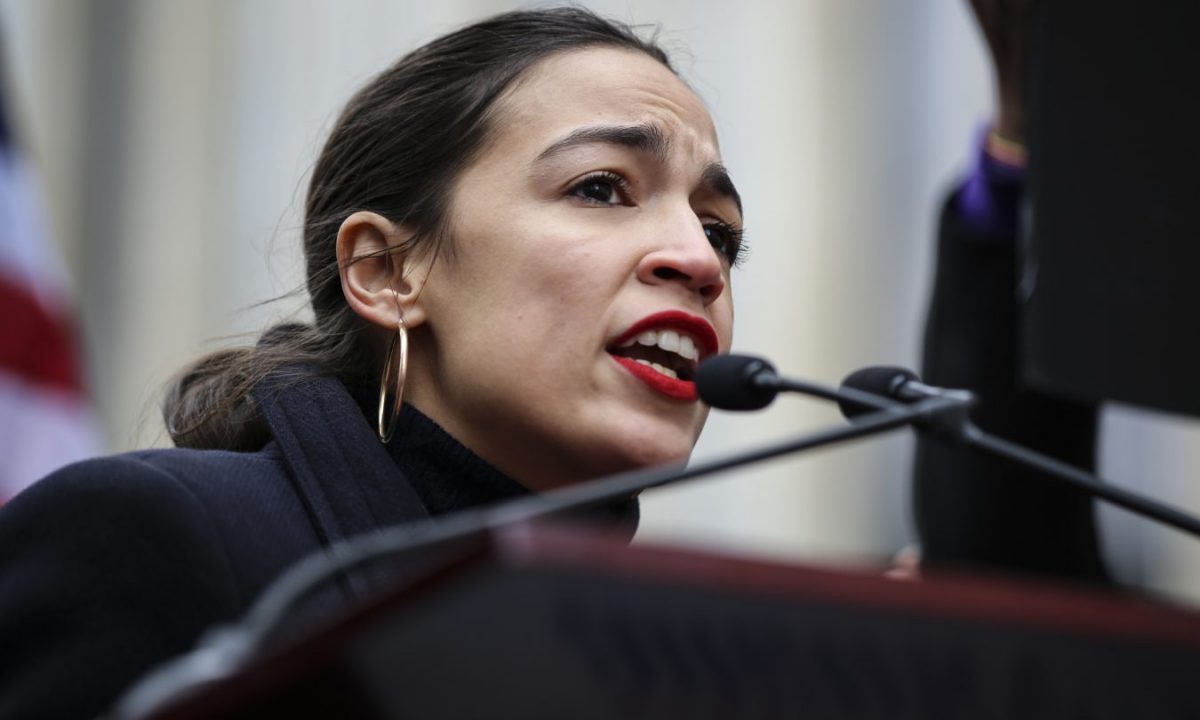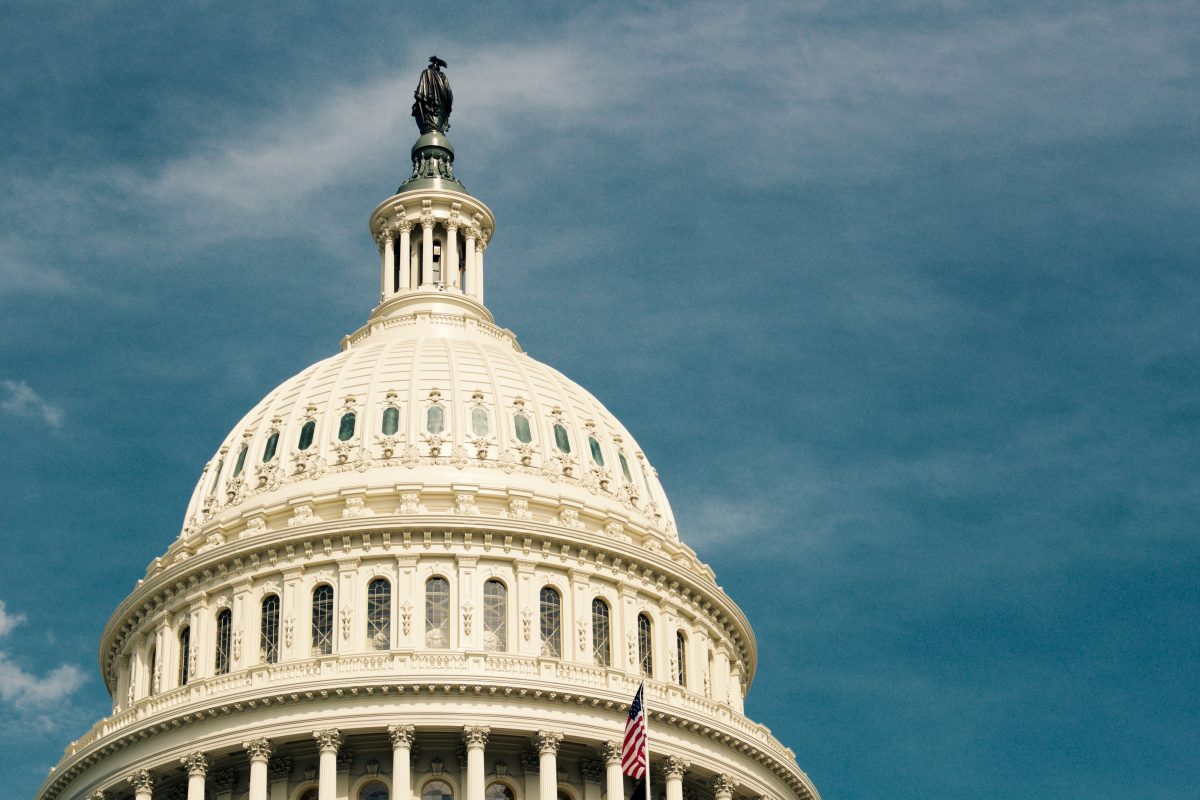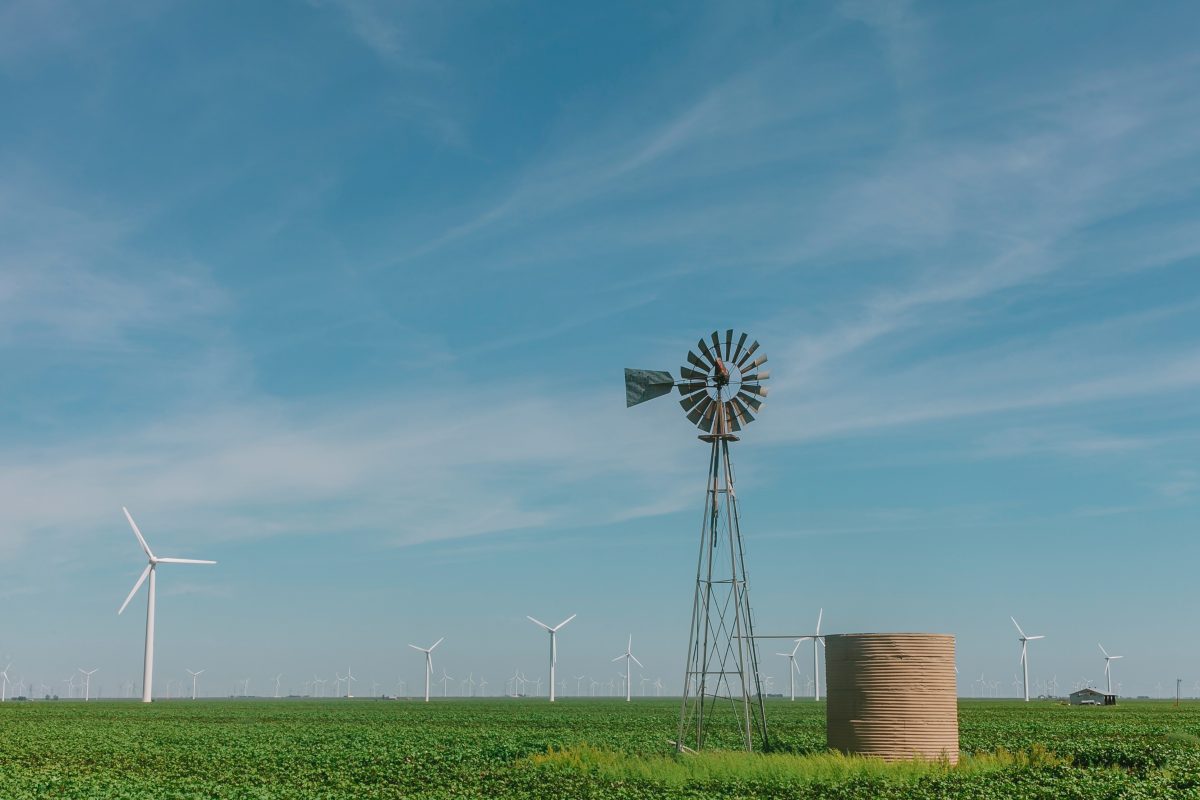More and more Americans are acknowledging the effects of climate change and support increased action to curb emissions. Yet, as the Green New Deal has recently revealed, the debate over how climate change should be mitigated remains a contentious one.
“Climate change is something we’ve been wrestling with as a country and throughout the political process for almost 60 years now,” says Robert “Bob” Sussman, principal in Sussman and Associates, an energy and environmental policy consulting firm. “We have a history of not doing very much and … of pretty violent disagreements across the political spectrum about climate: Is it real? If it is real, how important is it to other things? What will it take to deal with it effectively? There have been a lot of swings of the pendulum.”
Sussman, who is a lawyer, served as senior policy counsel to the EPA administrator during the Obama administration and as the former EPA deputy administrator during the first two years of the Clinton administration; he has also taught law and environmental policy courses at Georgetown Law, Yale Law School and Yale School of Forestry & Environmental Studies. He believes the Green New Deal is an ambitious — albeit not entirely realistic — call to action, which comes at a critical time.
[The Green New Deal] sends a message that climate is back as an issue that we have to deal with.
“President Donald Trump has really turned the clock backward on climate. He has challenged whether it is even a legitimate issue. The importance of the Green New Deal is that it comes on the heels of the Democrats regaining control of the House of Representatives, and it sends a message that climate is back as an issue that we have to deal with,” says Sussman. “After Trump, that’s a breath of fresh air, and I think it’s an important shift in the political dynamic.”
The Green New Deal, a joint resolution brought forth by Rep. Alexandria Ocasio-Cortez (D-New York) and Sen. Edward Markey (D-Massachusetts) in February, is touted as a “comprehensive agenda of economic, social and racial justice.” This 14-page document proposes sweeping actions for combating both climate change and “systemic injustices.” Intended as a first step, the non-binding resolution is meant to spur subsequent legislation to directly address these issues.

Among other things, it calls for overhauling transportation systems, building up smart power grids, upgrading all buildings to be energy efficient and removing greenhouse gas emissions from the manufacturing and agricultural sectors as much as is technologically possible. But perhaps the resolution’s most significant proposal is its call for net-zero greenhouse gas emissions by 2030. A proposal that Steve Vavrus, senior scientist at the Nelson Institute Center for Climatic Research at the University of Wisconsin-Madison, says is simply not possible.
“The most specific aspect of relevance for climate [in the Green New Deal] is the goal to achieve net-zero greenhouse gas emissions, which of course would have a huge positive impact on mitigating human-caused climate change,” says Vavrus. “However, the timetable of 10 years to meet this laudable goal is ludicrous, so no credible evaluation of its environmental impact can be made.”
“If more targeted proposals are put forth to advance the spirit of the Green New Deal,” he adds, “then those could be assessed more reasonably in terms of their climatic implications.”
Achieving net-zero emissions would mean, as the resolution mostly lays out, the near elimination of gasoline-powered cars; the creation of a high-speed rail, the construction of which some have argued would itself have a significant effect on the environment; and the elimination of thousands of oil and gas industry jobs.
“When you think about it, 10 years to achieve zero-net emissions would basically mean that no electricity in this country is generated from coal or natural gas, no cars are on the road which burn gasoline and no manufacturing companies [exist] that release greenhouse gases,” Sussman says. “There’s no way we’re going to do that in 10 years.”
While its goals may require some rethinking, the Green New Deal, Sussman says, is meant to be a jumping off point from which the United States can begin making real progress. “I think the hope is that once we make commitments to a goal, and make progress in getting there, our ability to reduce emissions quickly will improve,” Sussman says.
A very disruptive transition to a clean economy is going to break some china, and there are going to be winners and losers — and we need to understand that.
Minimizing our carbon footprint is all about technology, he adds. This can be accomplished via renewable energy; however, as of 2017, only 18 percent of all electricity in the U.S. was generated by renewable sources, according to the U.S. Energy Information Administration — meaning, we have a long way to go.
“I think [there are] some very promising developments,” says Sussman, “but to build on them and completely transform the economy is going to take some time.”
Much of the political dispute over climate change and the Green New Deal, in fact, stems from economic issues. The complex, looming dilemma largely comes down to the question of “how can we save the planet without going broke and while minimizing the impact on jobs?” An enormous undertaking. And while Sussman lauds the Green New Deal for its urgency and ambitiousness, he questions whether it — and its authors and supporters — understand the legitimate apprehension of those on the right.
“There’s concern about how much this will cost, there’s concern about whether it will harm the competitive position of the United States in global markets, there are concerns about whether workers in certain industries are going to lose their jobs. We need to understand that those concerns are out there,” he says. “A very disruptive transition to a clean economy is going to break some china, and there are going to be winners and losers — and we need to understand that.”
That’s not to say that the hundreds of thousands, perhaps millions, of individuals who work in the oil and gas industry won’t eventually find work elsewhere — the hope is, in clean energy. But, Sussman says, it’s misguided to assume that will be the case.
“The assumption here is that we are going to be creating billions of good paying jobs,” he says. “We can’t automatically assume, as the Green New Deal seems to, that this is going to be a huge benefit to the economy.”
Sussman likens the scenario to what has happened in the coal industry over the last couple decades. “Tens of thousands of coal miners have lost their jobs, and they live in places like West Virginia where there isn’t much else to do,” he says. “So it hasn’t been an easy process for those people.”
While Sussman believes wholeheartedly in the need to tackle climate change, he says “we need to be careful about what we say we’re going to do and how we’re going to do it, and we need to do it in a thoughtful way.”
Climate is a huge issue in its own right and deserves to be solved for its own reasons.
With a focus on also combating systemic injustices, which it claims have been exacerbated by climate change and have disproportionately affected “frontline and vulnerable communities,” the Green New Deal outlines social and economic goals.
It calls for “high-quality health care; affordable, safe, and adequate housing; economic security; and access to clean water, clean air, healthy and affordable food, and nature” for all, as well as a federal jobs guarantee, basic income and universal healthcare.
By seeking to both curb climate change and solve issues of injustice and inequity — laudable goals in and of themselves — Sussman says the authors of the Green New Deal are setting “an impossible goal.”
“I think it’s a bit dangerous to sort of mix those up with each other because it makes it difficult to have a debate solely focused on climate change,” he says. “Climate is a huge issue in its own right and deserves to be solved for its own reasons.”
From Sussman’s perspective, the connection between climate change and social and economic justice is not a clear one.
“Obviously, when you solve climate change, you want to create jobs as much as you can, and you certainly don’t want to disadvantage certain groups in the policies that you carry out, but that’s not really the main goal,” says Sussman. “The main goal is reducing emissions of greenhouse gases and moderating as much as we can the increase in global temperatures and hopefully avoiding the more severe effects of climate change.”

This is an effort that he believes should be led by the federal government. It has a role to play in setting ambitious but achievable goals and in encouraging and incentivizing companies to transition to clean energy. However, Sussman notes that when it comes to technological innovations, “those come from the private sector.”
This is an important area that the Green New Deal overlooks.
“It gives the impression that the government is going to be pouring billions of dollars into the creation of the green economy, and it doesn’t talk enough about the role of the private sector,” says Sussman. “The government can certainly create some jobs, but for the most part, it’s the private sector that creates jobs. The trick is to give [companies] the right incentives.”
Some proposed approaches to this have included a carbon tax, enticing companies to emit less; tax credits for using renewable energy or for purchasing zero-emission vehicles; and carbon credits, permits that allow organizations to produce a specified amount of carbon emissions and that can be traded if not used in full.
____
As aggressive and unattainable as the Green New Deal may seem, Sussman warns against people being too extreme in their opposition to it. While its goals may have to be altered, he says the resolution sends a message of the urgent need to take real action to address climate change.
“The story of climate change is that there always is a lot of opposition to doing things, and that’s why we haven’t done a lot,” Sussman says. “So, on the one hand, we need to be ambitious, but on the other hand, we need to bring people on board and make them comfortable.”
As critical of a task that is, the likelihood of any real movement happening in the next two years — around the Green New Deal or any other deals — is scant with a Republican president and Republican-controlled Senate.
“The Green New Deal is a way of mobilizing people and building a base of support,” says Sussman, “but I think we’re building that base of support not for this year or next year, but for 2020 and beyond.”





